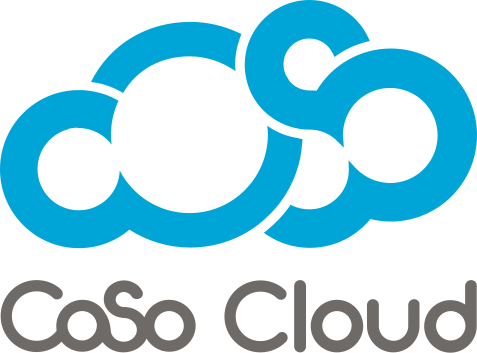
How Are You Measuring Training Results?
September 8, 2022
To accurately define a successful training program, it must be tied to the business results. The results
must be measurable, and the information must be easily recognized. There are indicators that the
business is already tracking, and these are easy to identify. Some examples may include:
- Is there a recognizable revenue increase, orders, or number of customers?
- Has performance, speed, volume, or accuracy increased?
- Are sales closing faster?
- Are support calls decreasing?
The organization must track these metrics because they are directly tied to business results.
Other areas operate behind those numbers. Therefore, it is imperative that a plan to measure those is
in place as well.
- Are employees applying the training to their work environment?
- Has organizational performance increased following training?
- Has productivity improved?
These are a few questions learning professionals should be asking to gauge training effectiveness.
Creating a training solution that addresses a business problem requires a clear understanding of what’s
essential to the business. In addition, performance indicators must be clearly identified during the
training initiative planning stage to assess training impact accurately. Creating measurements after
training makes assessment nearly impossible.
Evaluating the impact of training involves looking at various factors, including the learners’ responses,
tracking the effects of the learning objectives, the adoption speed of the new skills, and calculating the
ROI.
Business Outcome = ? (time, money, market share, etc.)
How are you measuring? We’d love to hear your thoughts and recommendations.
Tag CoSo Cloud, LLC on LinkedIn or @CoSoCloud on Twitter.











